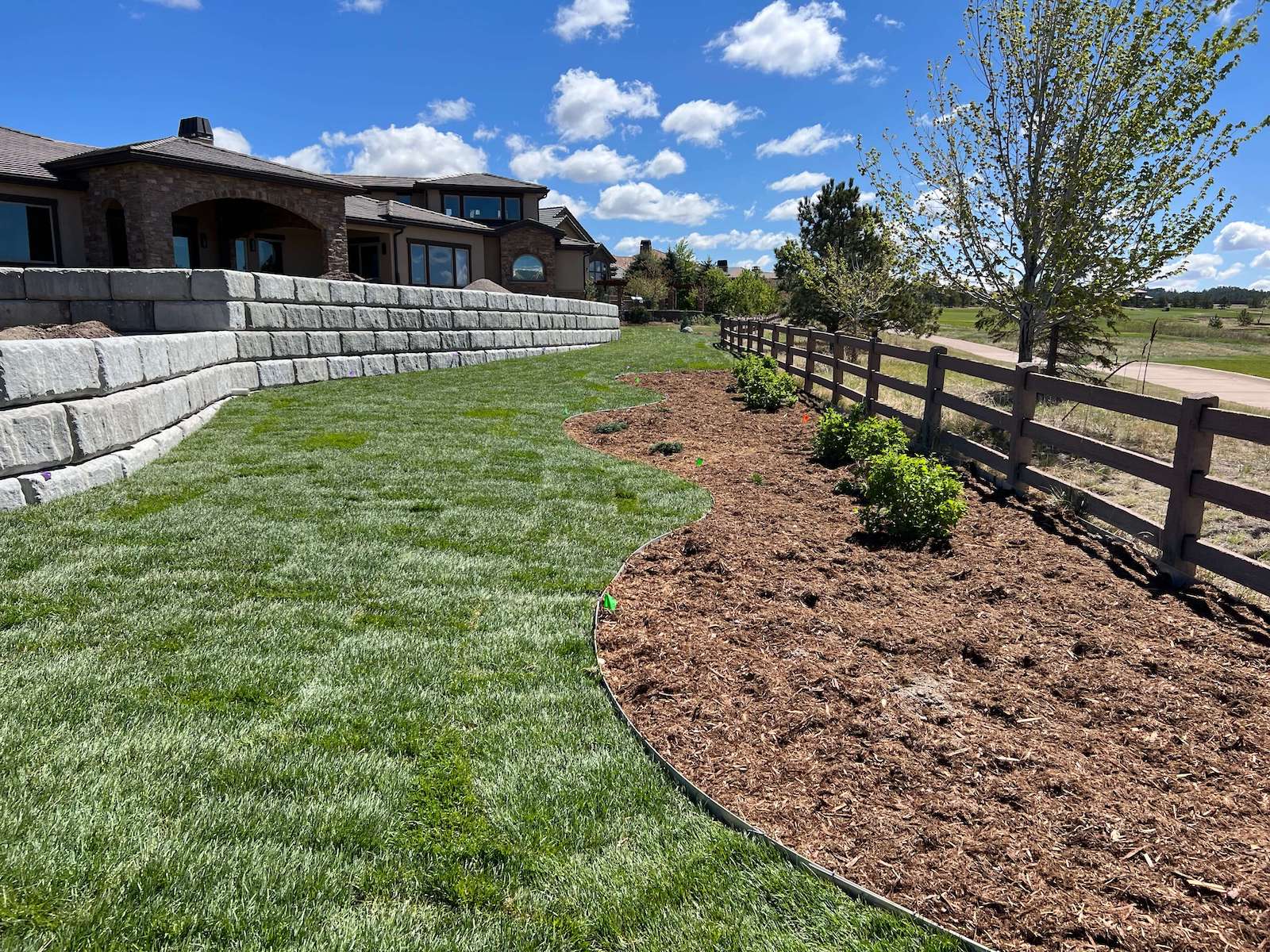Not known Details About Hilton Head Landscapes
Not known Details About Hilton Head Landscapes
Blog Article
Hilton Head Landscapes Can Be Fun For Everyone
Table of ContentsThings about Hilton Head LandscapesThe Main Principles Of Hilton Head Landscapes Not known Factual Statements About Hilton Head Landscapes Not known Details About Hilton Head Landscapes Some Known Questions About Hilton Head Landscapes.Not known Details About Hilton Head Landscapes The Buzz on Hilton Head Landscapes
Line develops all forms and patterns and can be used in a selection of methods the landscape. Line in the landscape is produced by the edge between two materials, the synopsis or silhouette of a form, or a lengthy straight feature. Lines are an effective tool for the developer since they can be used to produce an unlimited selection of shapes and kinds, and they manage movement of the eye and the body.

Lines can have several features, such as those explained below, but they generally offer different objectives. Figure 1. Lines in the landscape - bluffton landscaping. The buildings of lines identify exactly how people react to the landscape, both emotionally and physically. Straight lines are architectural and forceful; they produce an official character, are generally connected with a balanced design, and lead the eye directly to a centerpiece.
Hilton Head Landscapes for Dummies
Bent lines develop a casual, natural, relaxed character that is connected much more with nature and asymmetrical equilibrium. Bent lines move the eye at a slower rate and include secret to the area by creating hidden sights.
Upright lines in the landscape include tall, slim plant product, such as trees, or tall structures, such as an arbor or a bird residence on a pole. Horizontal lines relocate the eye along the ground aircraft and can make an area feel bigger. Reduced lines are extra restrained and create a sensation of remainder or repose.
Getting The Hilton Head Landscapes To Work
Reduced lines are created by low garden wall surfaces, sidewalks, and short hedges. Lines are used to draw types on a plan. In strategy view, they define plant beds and hardscape areas. Lines are additionally developed by the upright types of developed functions and plant material. There are 3 main line types that create kind in the landscape: bedlines, hardscape lines, and plant lines.
Bedlines connect plant material to your home and hardscape due to the fact that the eye complies with the line, moving the look through the landscape. Hardscape lines are developed by the edge of the hardscape, which marks the developed framework. Line can likewise be developed by long and slim materials, such as a fencing or wall surface.
The Only Guide for Hilton Head Landscapes
Form is discovered in both hardscape and plants, and it is generally the dominant visual aspect that spatially arranges the landscape and often identifies the design of the yard. The kind of frameworks, plant beds, and yard accessories additionally identifies the general type style of the garden. Official, geometric types include circles, squares, and polygons.
Plants create kind in the yard via their outlines or silhouettes, but form can also be defined by a void or negative space between plants - bluffton landscaping (https://www.indiegogo.com/individuals/37931614). Circles can be cycles, or they can be divided right into fifty percent circles or circle sections and incorporated with lines to produce arcs and tangents
Our Hilton Head Landscapes Diaries
Circles can additionally be extended right into ovals and ellipses for even more selection and passion. Circles are a strong design form since the eye is always drawn to the facility, which can be utilized to highlight a centerpiece or attach various other kinds. Figure 2. Circular forms in hardscape and yard panels.
The square kind can likewise be segmented and previously owned repeatedly to create a grid pattern. Unlike circles, squares are more powerful on the brink, which can be lined up or overlapped to create unique patterns and more intricate kinds. Polygons are many-sided types with straight edges. Triangles, as an example, are three-sided polygons.
Meandering lines usually mimic the all-natural training course of rivers or streams and can be called smooth lines with deeply curved wavinesses. Meandering lines (Number 3) function well for pathways, plant bedlines, and dry stream beds. Meandering lines can include passion and secret to a garden by leading visitors around corners to discover new sights and areas.
The Basic Principles Of Hilton Head Landscapes

Figure 5. Fragmented sides: tipping rocks in pathway. Type is the most enduring quality of a plant (landscape design hilton head). https://on.soundcloud.com/9G2jvdoH5UDcTrYM8. Common plant types are well developed and standardized, as type is one of the most consistent and identifiable feature of plants. Form can likewise be developed through the massing of plants, where the general mass develops a different type than an individual plant.
A very contrasting type must be used with careone or 2 work well as a focal point, however a lot of wreak havoc. Natural plant forms, rather than over-trimmed forms, ought to establish the bulk Go Here of the composition. The relevance of overall form is basically depending on the viewing perspectivethe form of a tree can appear fairly various to an individual standing under the cover versus checking out the tree from a distance in an open field.
Indicators on Hilton Head Landscapes You Need To Know
Plant forms additionally develop and define deep space or open areas in between the plants, producing either convex or concave types in deep spaces. High-arching tree branches usually create a concave open room under the branches, and a round cover with reduced branches loads the area to create a convex type in the open room under the tree.

Report this page